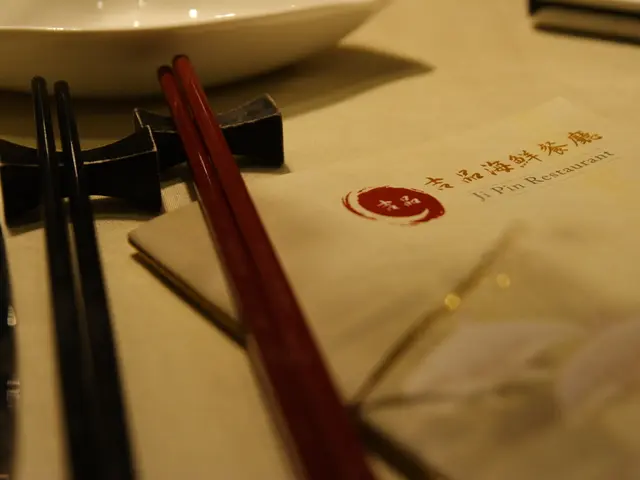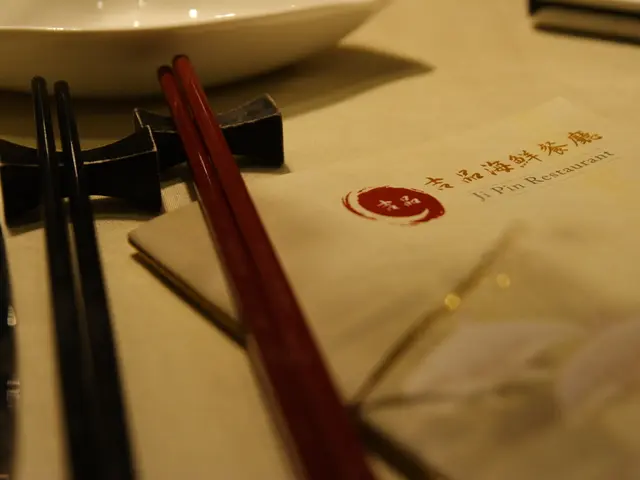Understanding the Psychological Aspects of Folding in Poker: Discovering the Reasons for and Timing of Folding
In the world of poker, understanding when to fold is as crucial as knowing when to play. Confusion about bluffing can lead players, especially newcomers, to hesitate and fold unnecessarily, even with a good hand. This article aims to shed light on the strategic importance of folding and provide key strategies for optimizing long-term profits.
Folding is not just about keeping chips safe; it's about thinking ahead, controlling emotions, and playing the long game. For instance, in a situation where your probability of winning is 17.4%, while the minimum needed is 37.5%, folding is the correct decision. This choice may cause discomfort and feelings of defeat among players, but it's an essential part of winning in poker.
One key strategy is to avoid marginal coin flips as the caller. Calling an all-in often gives you about a 50% chance to win but no fold equity. It's better to be the aggressor pushing all-in. Folding frequently in marginal situations where you would otherwise call and risk chips on coin flips without fold equity is a wise move.
Controlling pot size intelligently post-flop is another vital strategy. Folding is often the right move if the pot grows too large when you have a “top pair, top kicker” type hand that is vulnerable. Folding can protect your stack from losing big pots with second-best hands.
Good players also fold frequently and don't chase weak hands. Avoiding playing trash hands, especially online or in fast-fold formats, reduces chip loss and increases the chances of waiting for stronger opportunities.
Utilizing push-fold charts (Nash equilibrium-based) to decide when to all-in or fold pre-flop depending on your stack size and hand strength is another useful strategy. If you are outside those recommended hands or have a larger stack, folding can often be the safest option.
Paying attention to opponent patterns and hand ranges is another essential aspect of knowing when to fold. Fold when you identify that your opponent’s range is stronger or that you don't have good equity to continue. Also, be prepared to fold when facing big re-raises or when multiple players remain, as committing chips in those spots can be risky.
In summary, folding strategically means avoiding marginal calls without fold equity, controlling pot size to avoid costly second-best hands, selectively defending blinds and preflop using stack-size charts, and folding weak hands or in tough multi-way situations to protect your chip stack and maximize long-term profit.
Folding in poker is not a sign of fear or weakness, but a strategic move to protect chips and play the long game. Experienced players view folding as a strategy to prepare for the long game and protect their chips. Emotions can cloud judgment, so focusing on making decisions based on logic and probability is important.
Deciding to fold at this point is a smart choice to reduce risk. Learning to observe and understand an opponent's psychology can help read them more effectively. Folding is recommended when the starting hand is too weak, like 7♦ 2♣ or 9♠ 4♥. Practicing calculating pot odds and probability is essential for professional poker players.
Pressure from aggressive and experienced opponents can cause new players to fold, even when they have strong hands. The board is A♦, 7♥, 4♣, K♣, and your hand is A♠ 10♠, which may be overwhelmed by a strong opponent's hand. Self-doubt after folding can lead to a lack of confidence and incorrect decisions, particularly among players who struggle with folding correctly.
Knowing when to fold is an art in poker, and it enables players to protect their capital and optimize long-term profits. Folding is recommended when facing a strong opponent and being at a disadvantage, especially in early positions with limited information. Embrace the strategic power of folding, and watch your poker game improve!
- Folding is a strategic move to protect chips and play the long game, especially in situations where the probability of winning is 17.4%, while the minimum needed is 37.5%.
- Utilizing push-fold charts (Nash equilibrium-based) to decide when to all-in or fold pre-flop can help reduce risk and improve long-term profit, particularly when a player is outside the recommended hands or has a larger stack.
- Focusing on making decisions based on logic and probability is crucial, as emotions can cloud judgment in the game of poker, leading to incorrect decisions.
- In tough multi-way situations, folding weak hands can protect the chip stack and maximize long-term profit, while correctly folding in the face of strong opponents can build confidence and help avoid self-doubt, ultimately improving a player's overall poker game.





